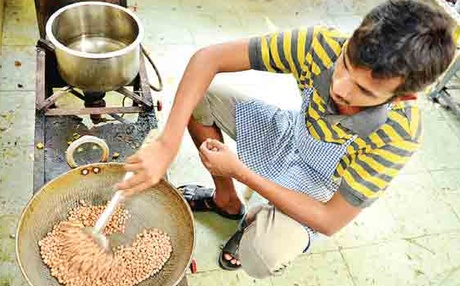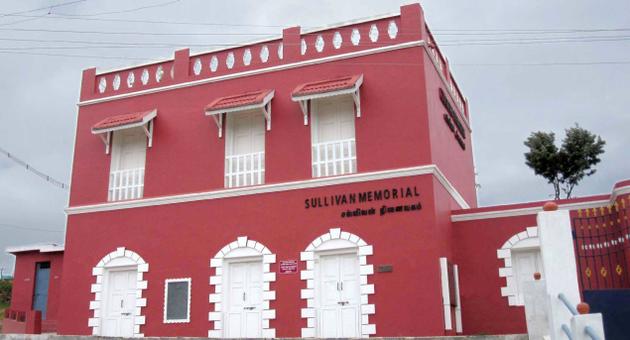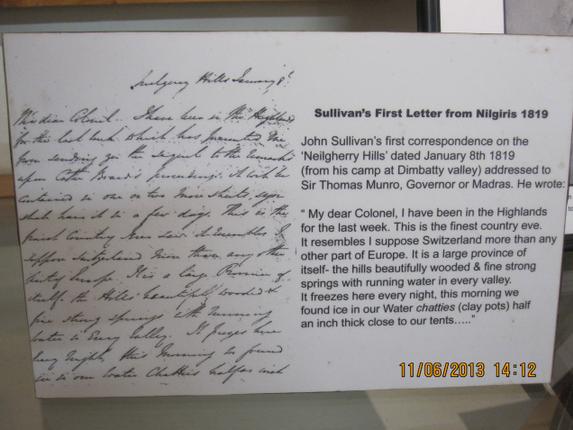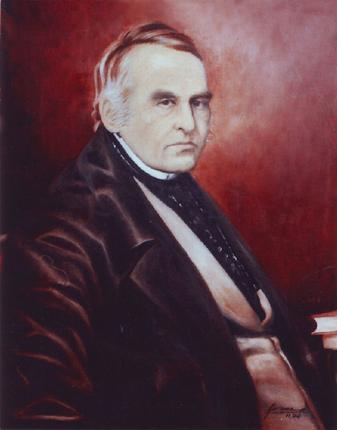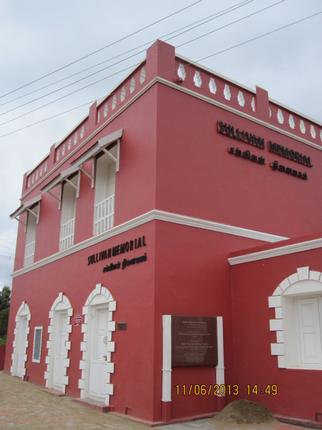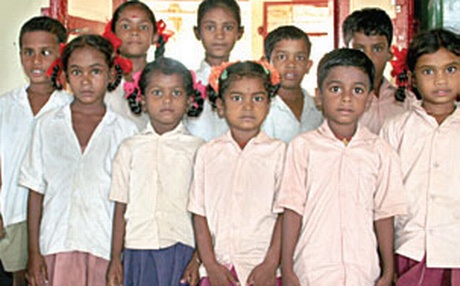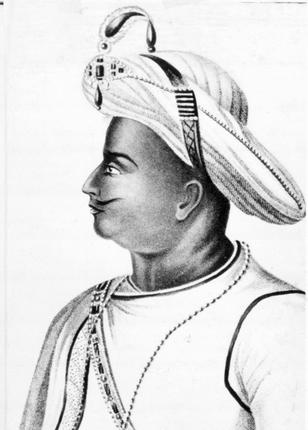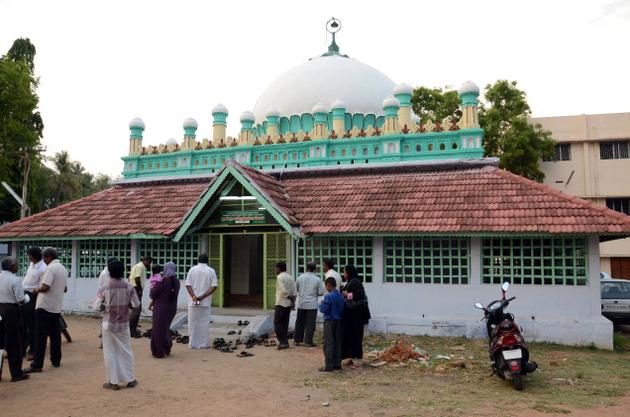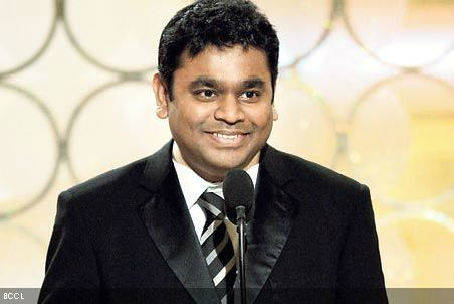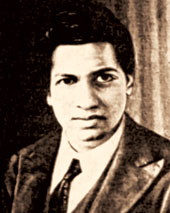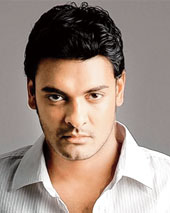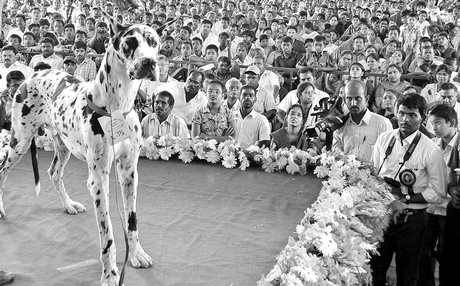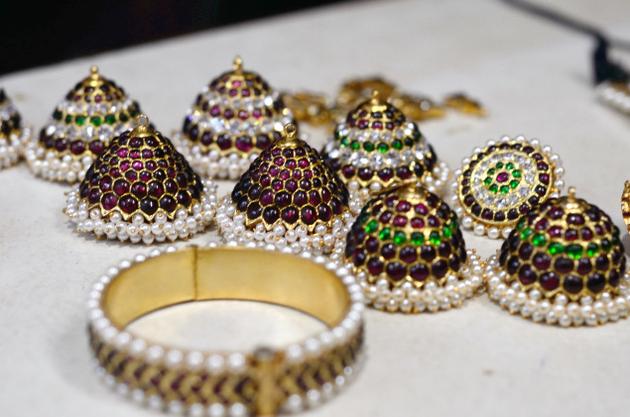
It was designed for the deities at the temples. And devadasis adorned them when they danced in these temples. Their hair ornaments — sun- and moon-shaped forming a part of the nethichutti; the big jimikkis sparkling with red stones and twirling along with the dancers’ moves; ornate but delicately carved maatalsclinging to their long thick hair; necklaces glowing with precious stones in red and green, with pearls dangling in the pendants; odiyaanams clasping their slender waists… the jewellery created here was both unique and bold.
Designed for gods and goddesses, and worn by these dancers, temple jewellery is hand-crafted by a talented lot of acharys or goldsmiths in a small region called Vadassery in Nagercoil. I journey to this town near Kanyakumari to meet the craftsmen.
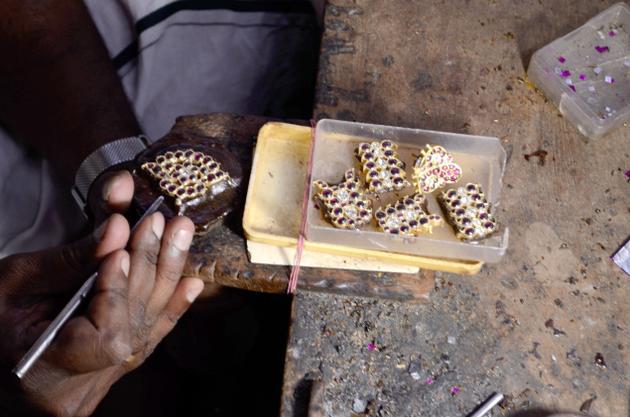
As I enter the main market in Nagercoil, the lure of the yellow metal is everywhere. A young bride beams from a tacky hoarding, sparkling in gold from head to toe. It is a beautiful sunny morning, and I am in the mood to buy jewellery. But I am unable to find even a single piece of temple jewellery. Finally, an owner of a jewellery store scribbles a name on a piece of paper and gives me the directions to a small locality, which is the hub of the craft.
The streets get narrower and narrower. We decide to explore the place by foot and I get a close look at the cramped row houses lining the streets. Finally, we knock on the doors of Manickam Achary whose family has been crafting temple jewellery for several generations now. His son Muthu Sivam welcomes us warmly inside .
It is a humble home with plenty of sunlight streaming in. Sitting next to a window are two craftsmen, carefully placing red stones on a raakodi, a hair ornament typical of this form of jewellery, worn by dancers and brides, and a favourite of children with long braided hair.
Muthu Sivam unwraps a silk cloth and unveils the gems and jewels. A prized possession of Bharatanatyam and Kuchipudi dancers, temple jewellery comes with bold designs and large motifs inspired by traditional and mythological symbols. You will find a dazzling peacock or a swan studded with stones or a bejewelled snake with its hood up as a pendant.
Muthu Sivam tells me that his father won a National Award for the craft, but today there are barely 50 goldsmiths in the locality who practise the art. They largely work on orders, with some of the pieces sold in Chennai and some orders, as his website shows, come from abroad as well. I learn a little more about the craft from him.
Traditional temple jewellery was made with silver and finished with gold leaf, while some jewellers used copper as well. With the demand for the yellow metal going up, the basic frame is crafted in gold and the stones are then placed and finished with gold leaf. From rubies and jade to garnets and coloured glass stones, several precious stones are used as well.
Watching the men working on the raakodi, I lose myself in the intricate design, remembering the rounded jimikkis and the ornate maatal my mother bought for me as a 10-year-old. And while it may be true that all that glitters is not always gold, it hardly matters here, for it is the craftsmanship that is most precious.
source: http://www.thehindu.com / The Hindu / Home> Features> MetroPlus> Travel / by Lakshmi Sharath / June 14th, 2013
